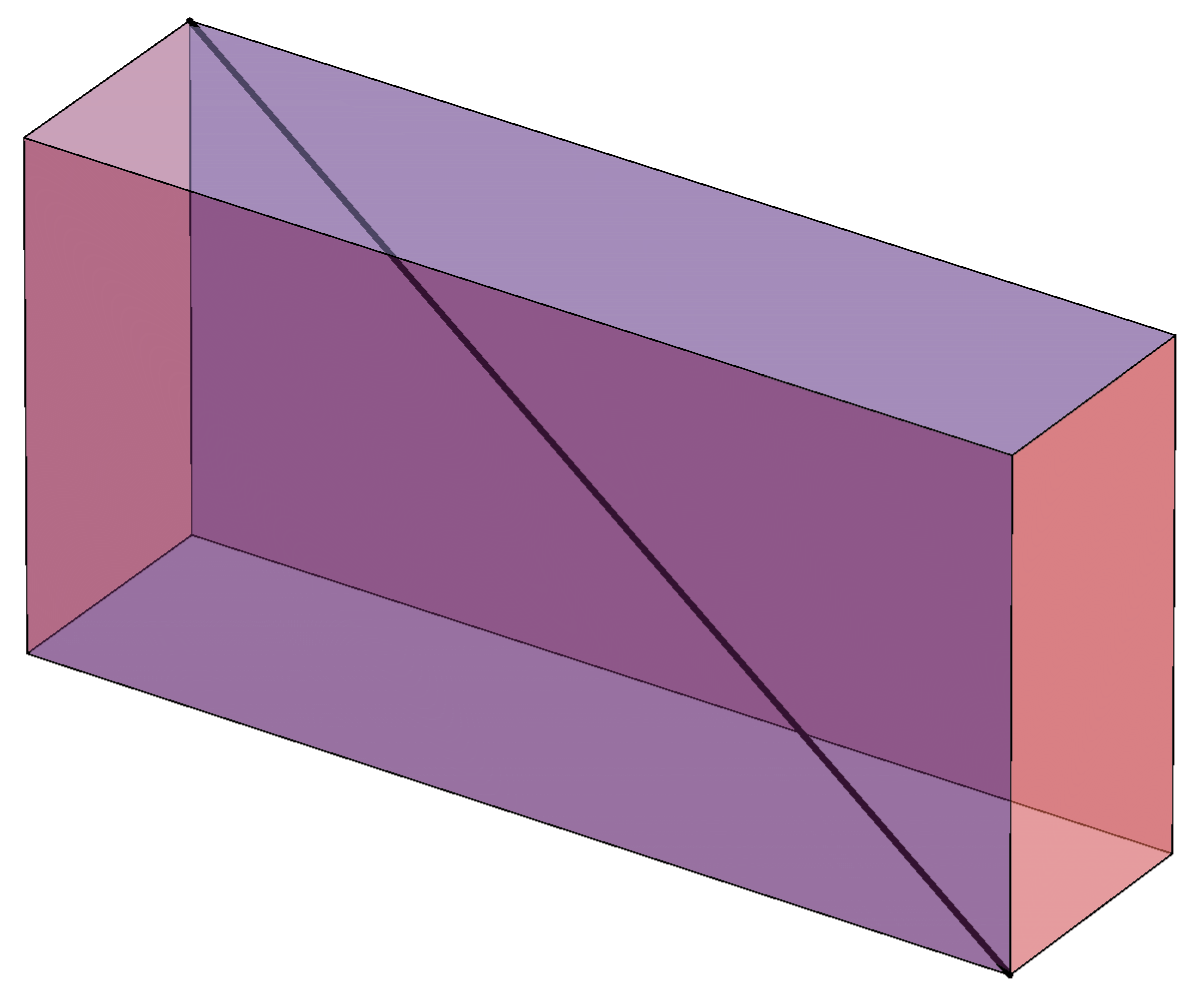
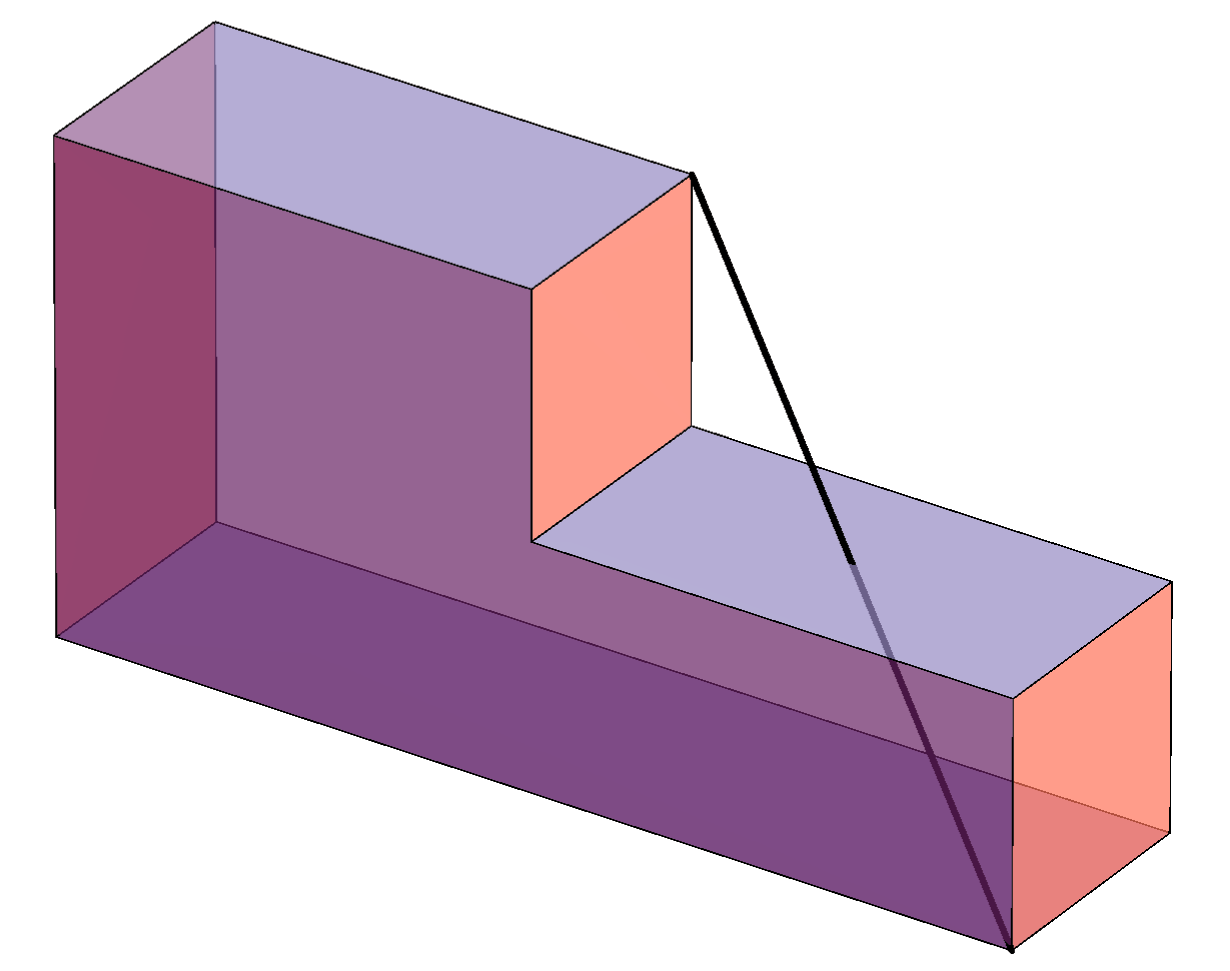

|

|
| Convex polyhedron – RECTANGULAR BOX | Non-convex polyhedron |
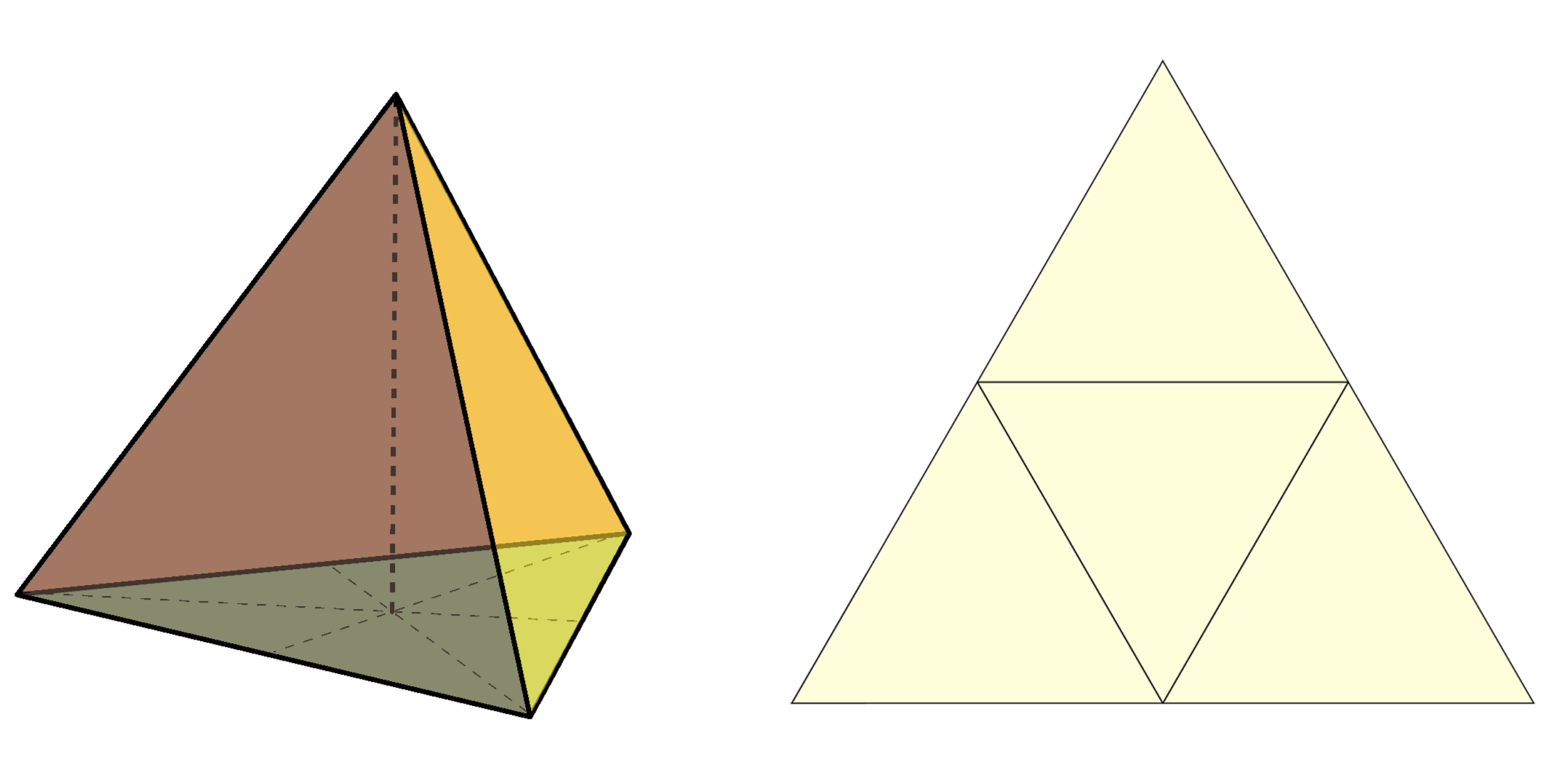 | |
| tetrahedron |
|
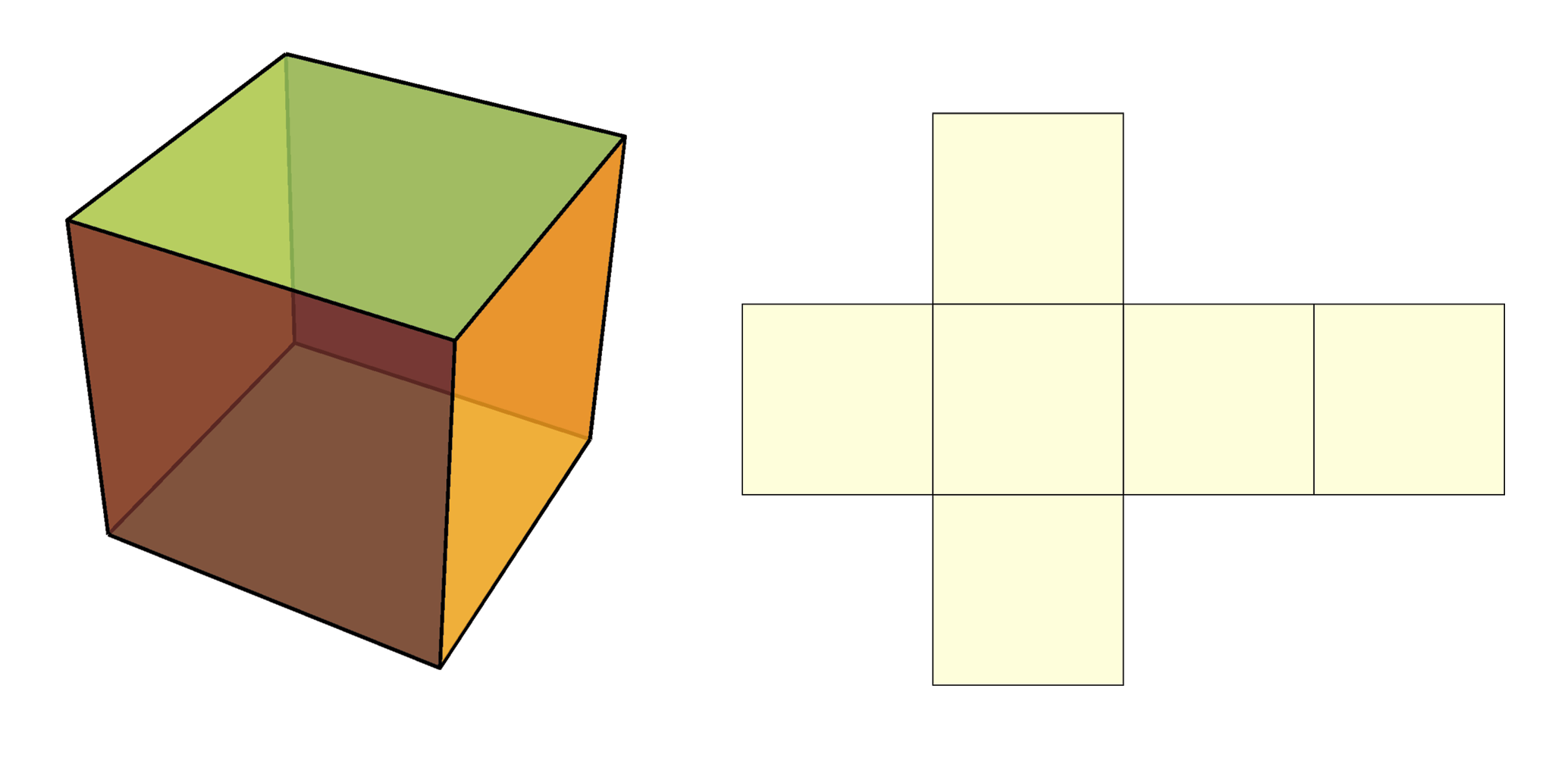 | |
| hexahedron (cube) | |
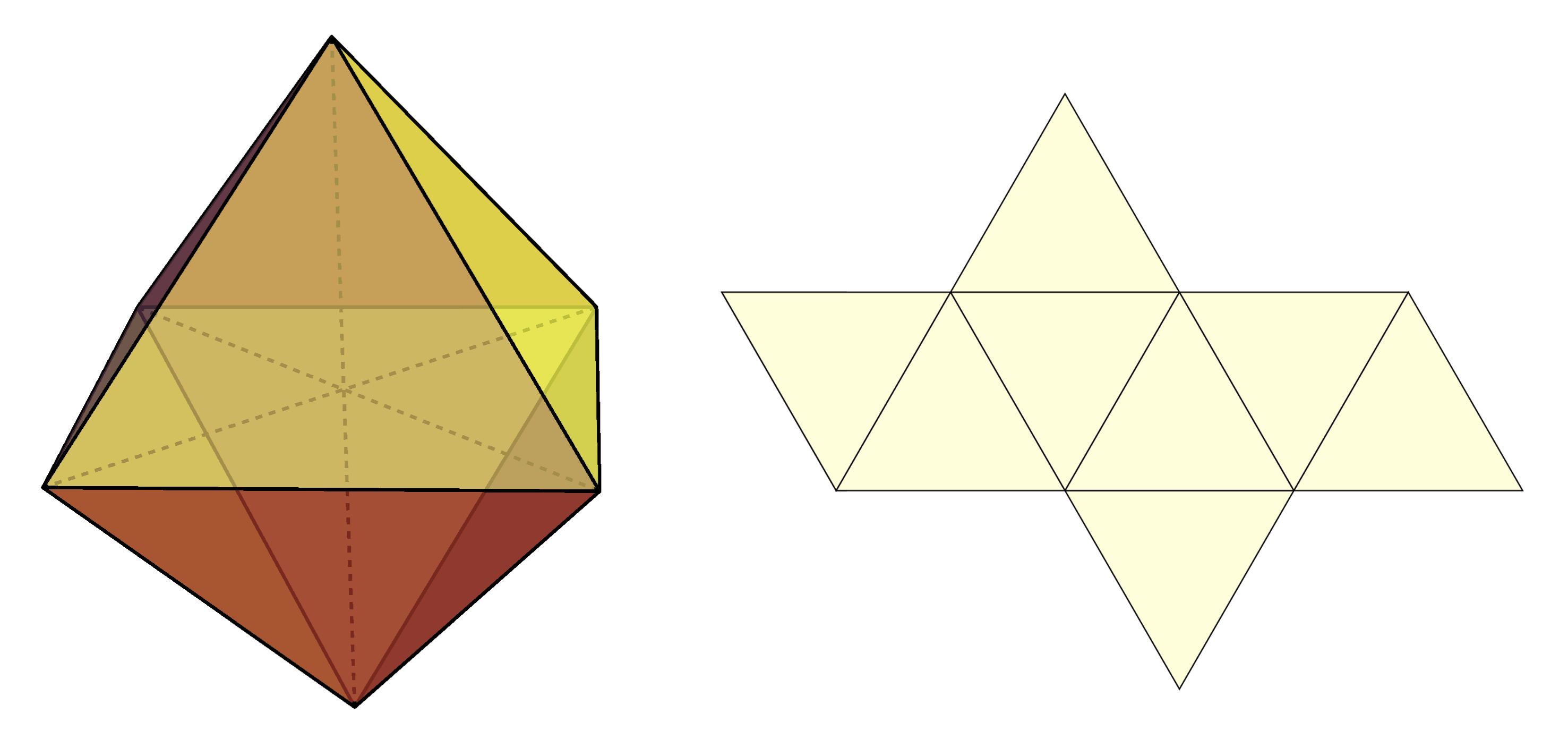 | |
| octahedron | |
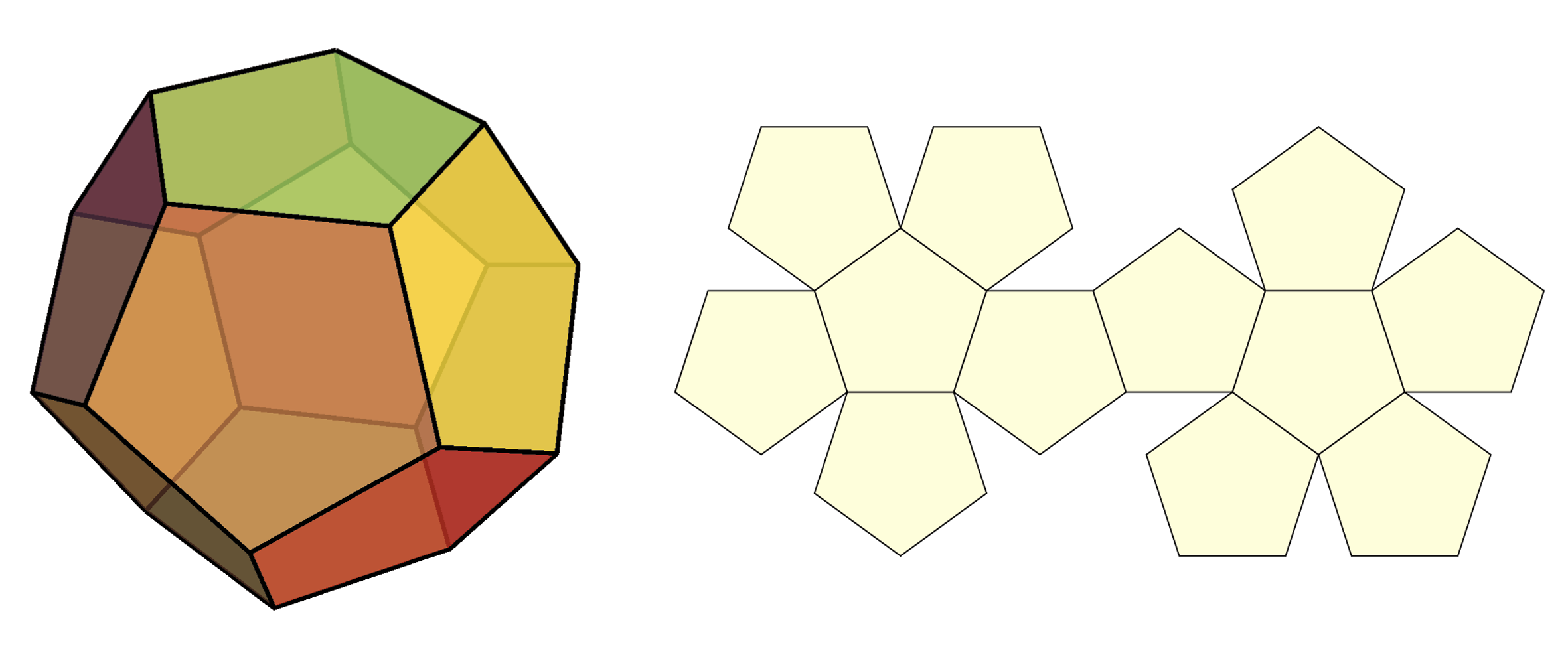 | |
| dodecahedron | REMINDER construction of the regular pentagon |
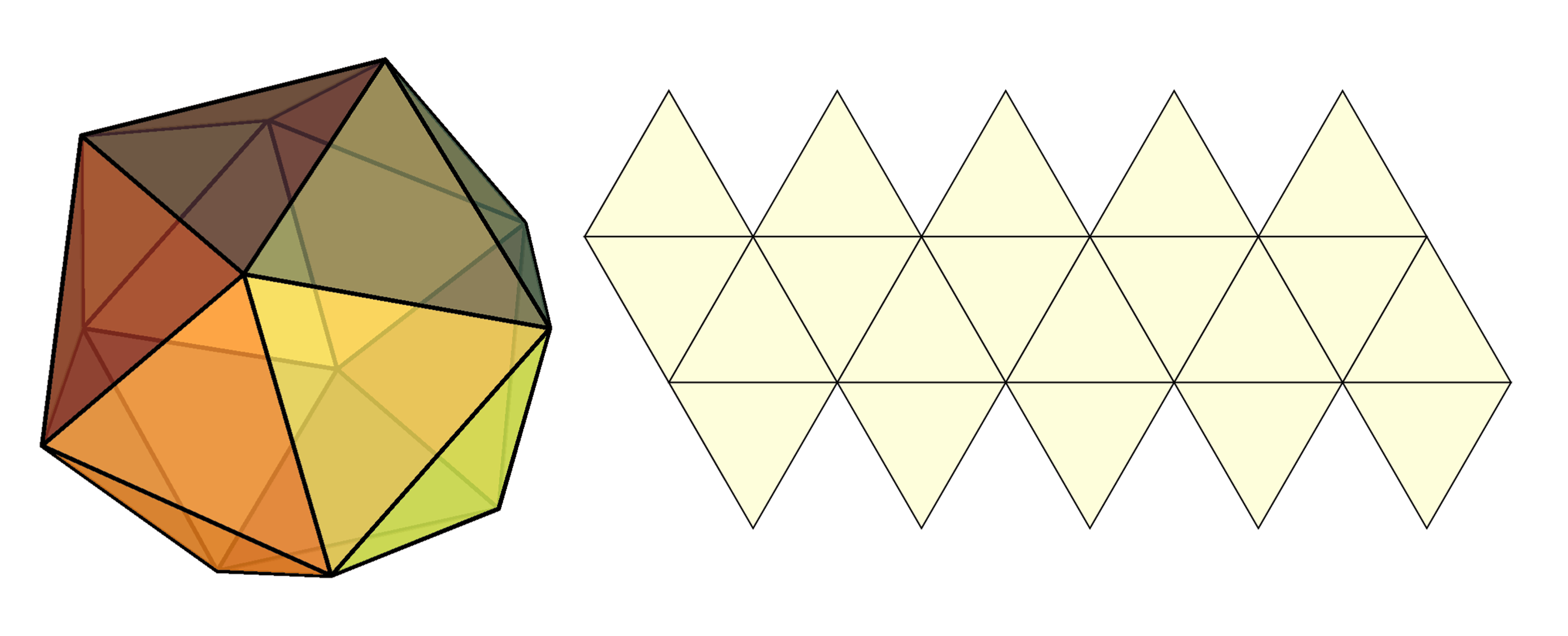 | |
| icosaedron |
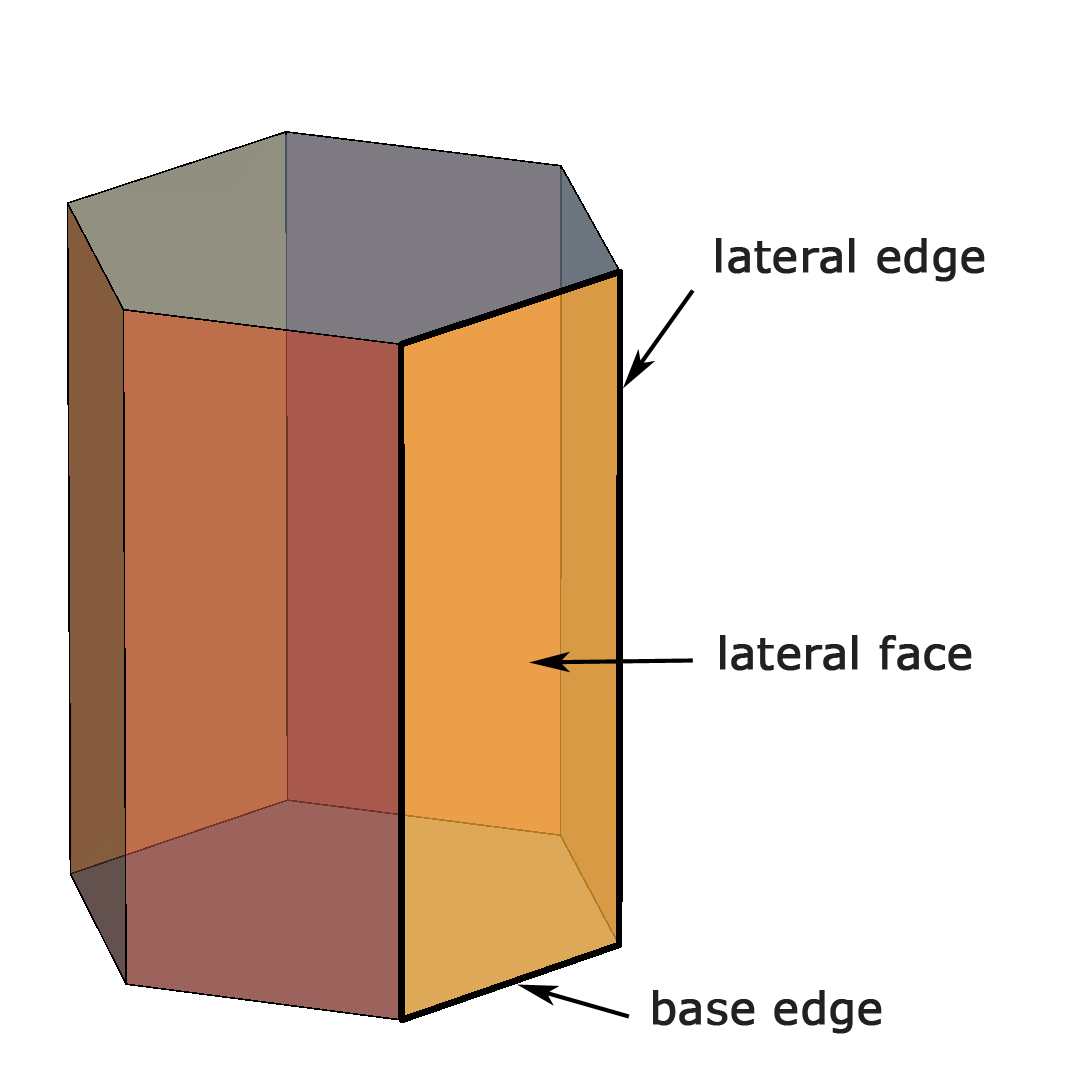
|
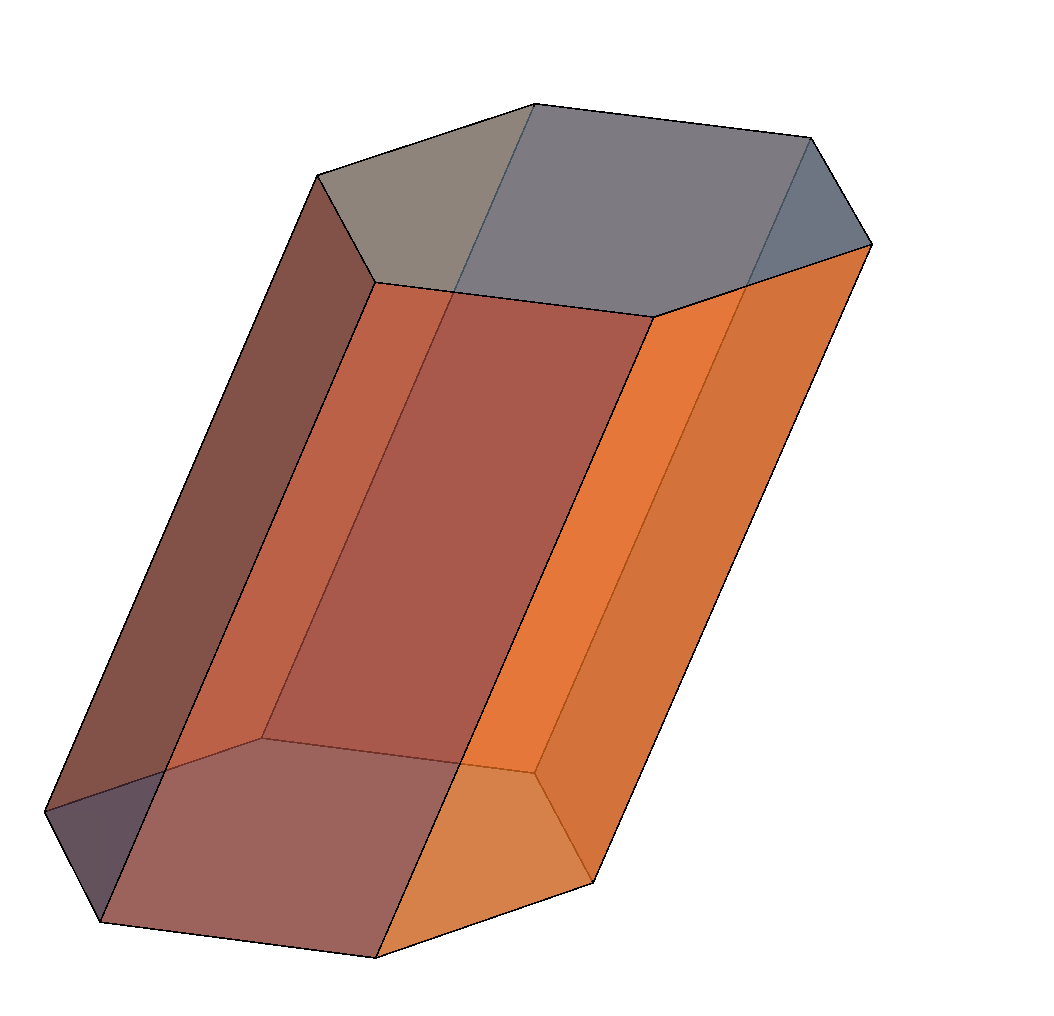
|
| A regular hexagonal prism | An oblique hexagonal prism |
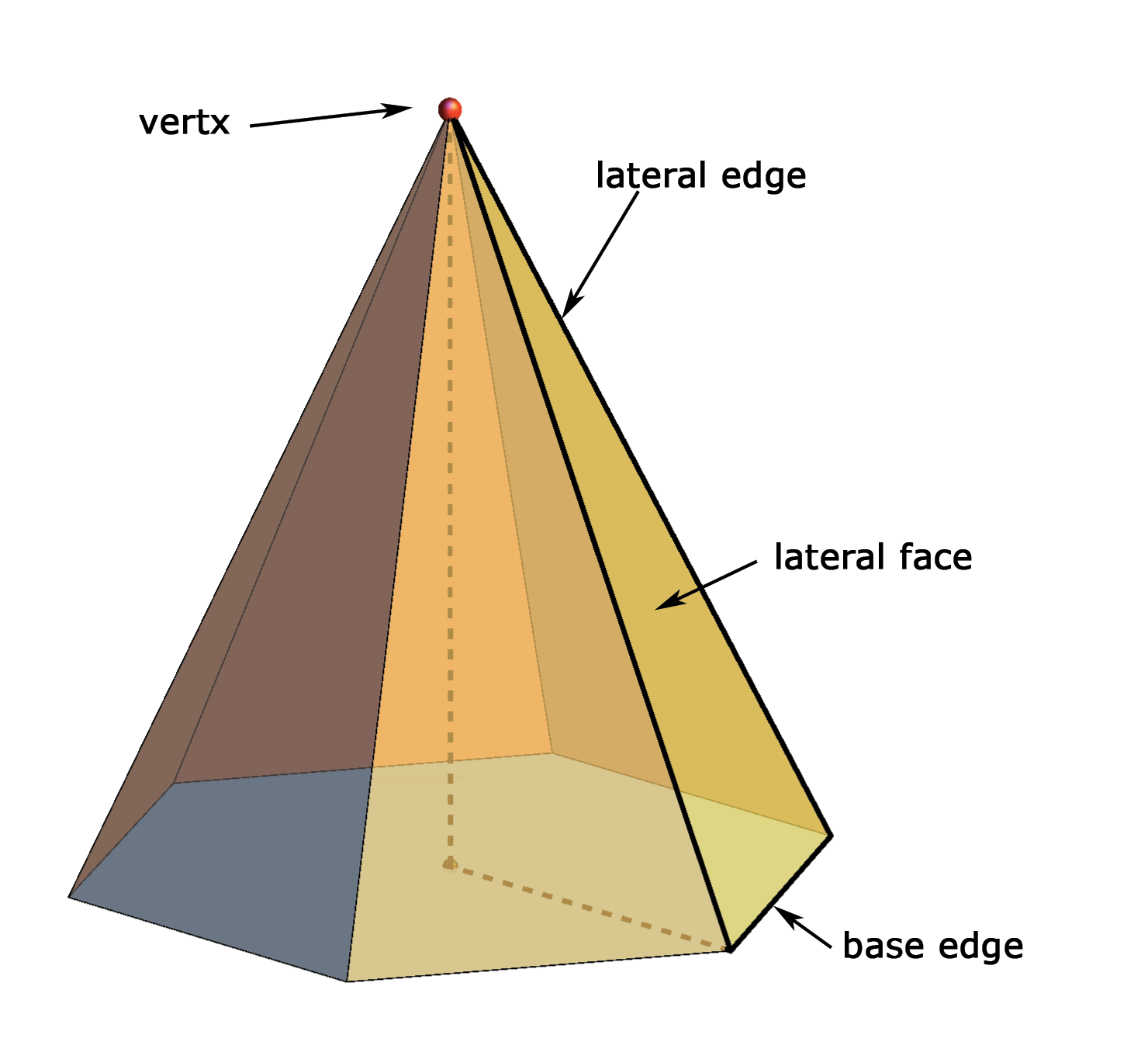
|
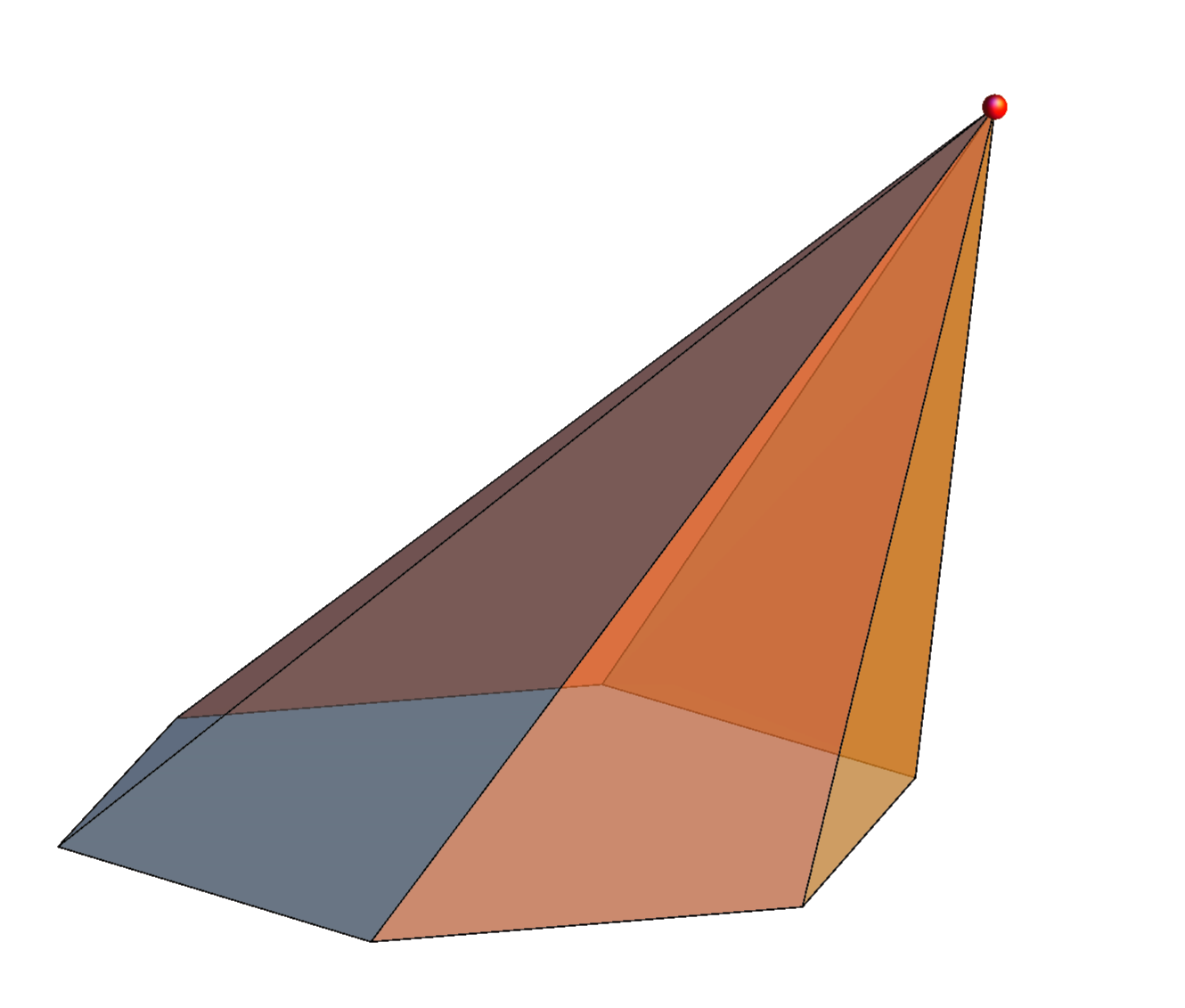
|
| A regular hexagonal pyramid | An oblique hexagonal pyramid |
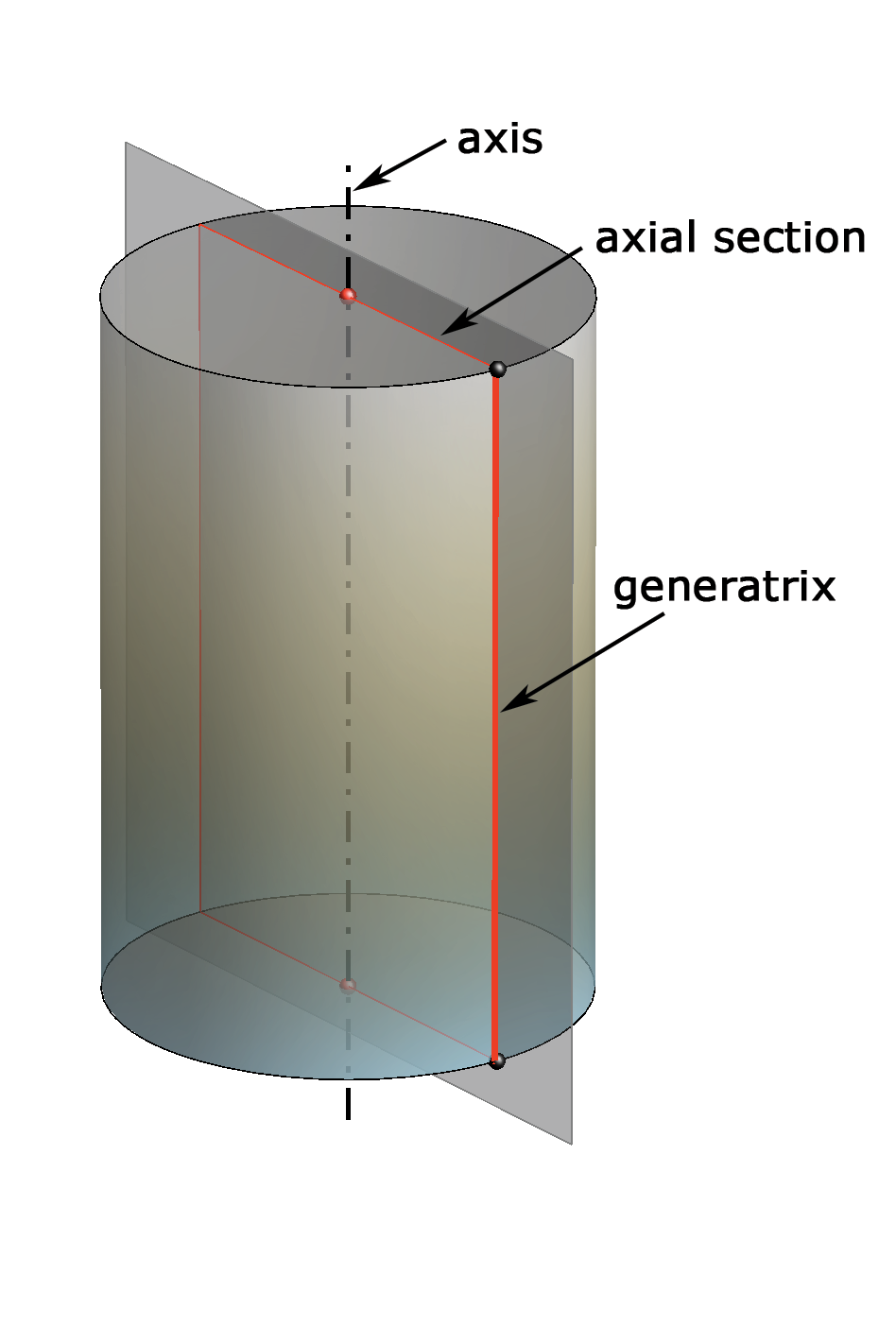
|
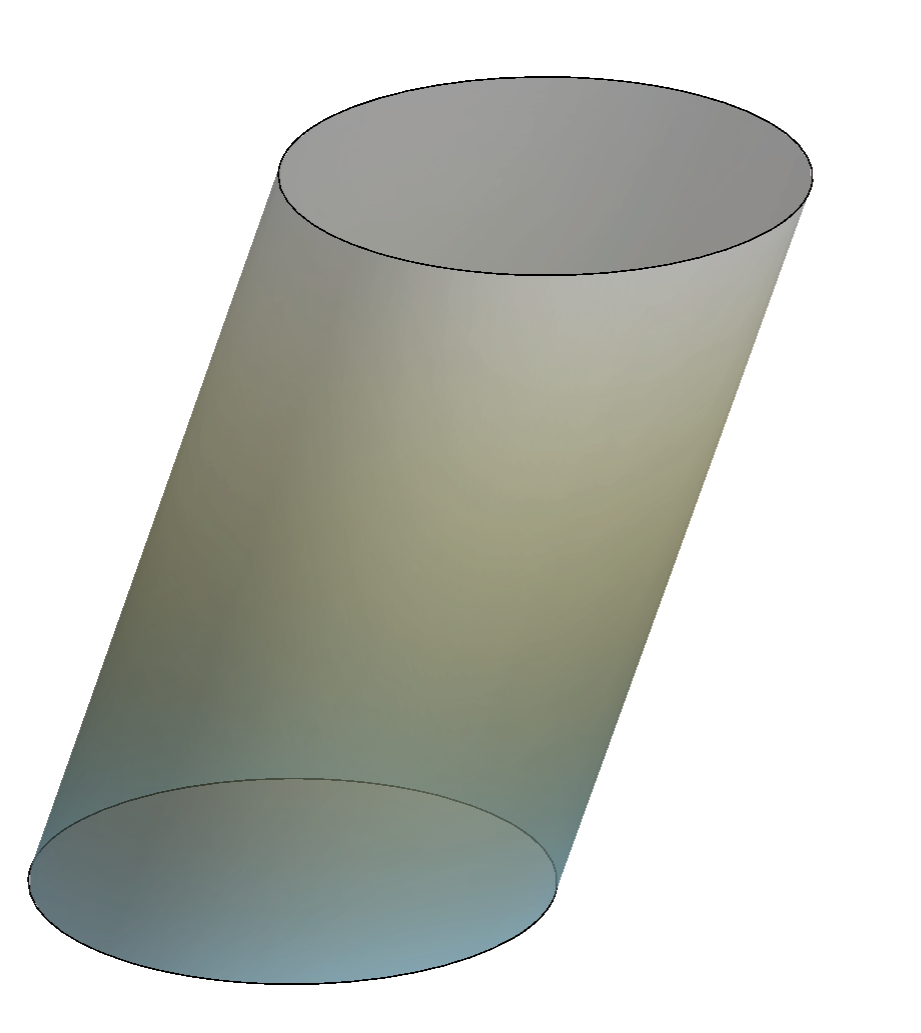
|
| A right circular cylinder– cylinder of revolution | An oblique circular cylinder |
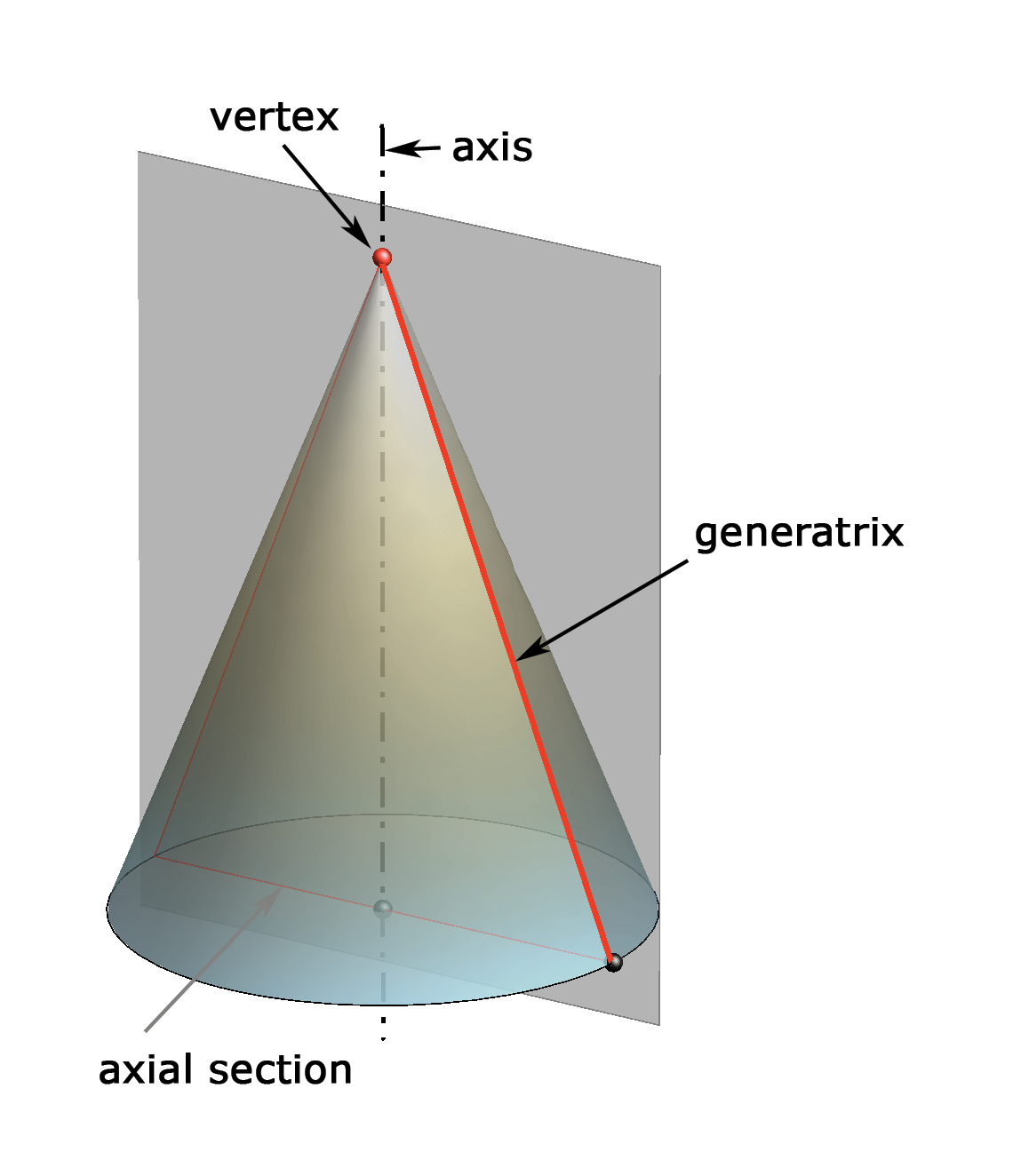
|
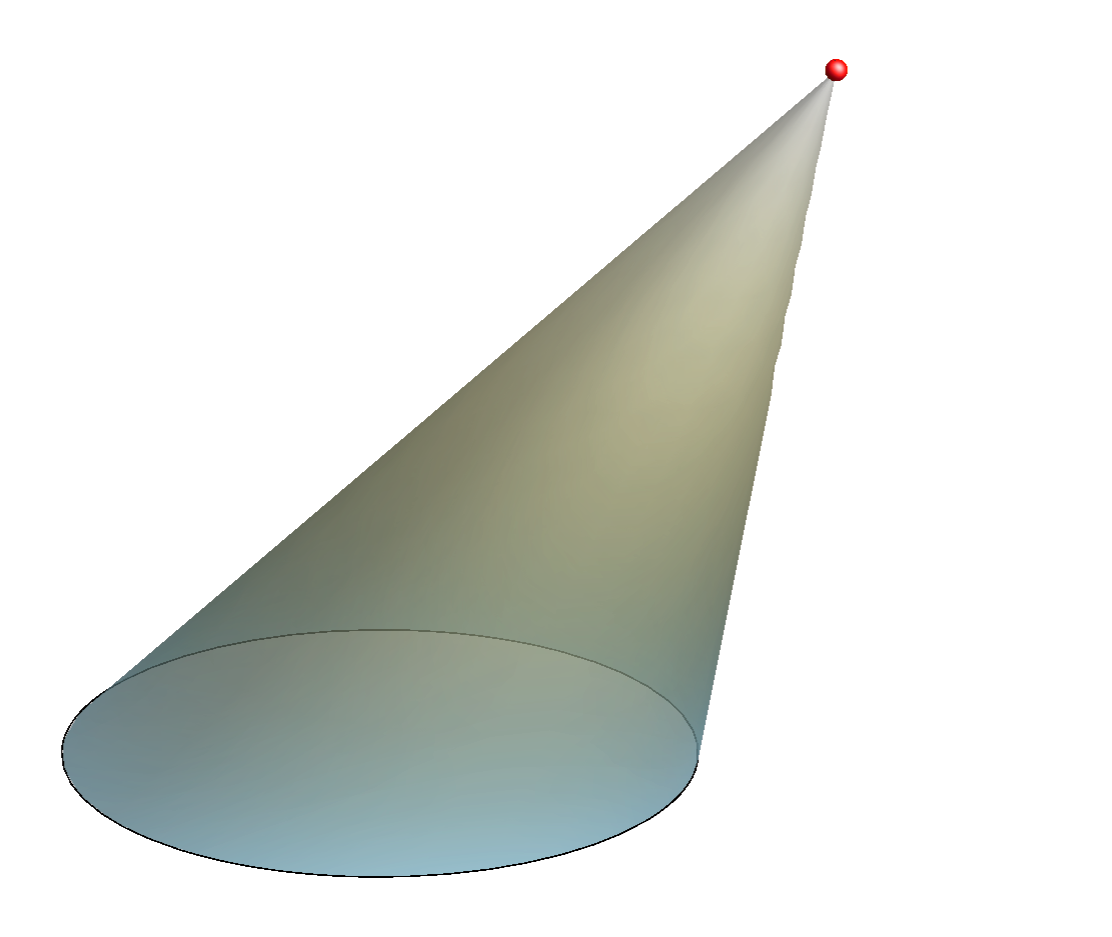
|
| A right circular cone - cone of revolution | An oblique circular cone |
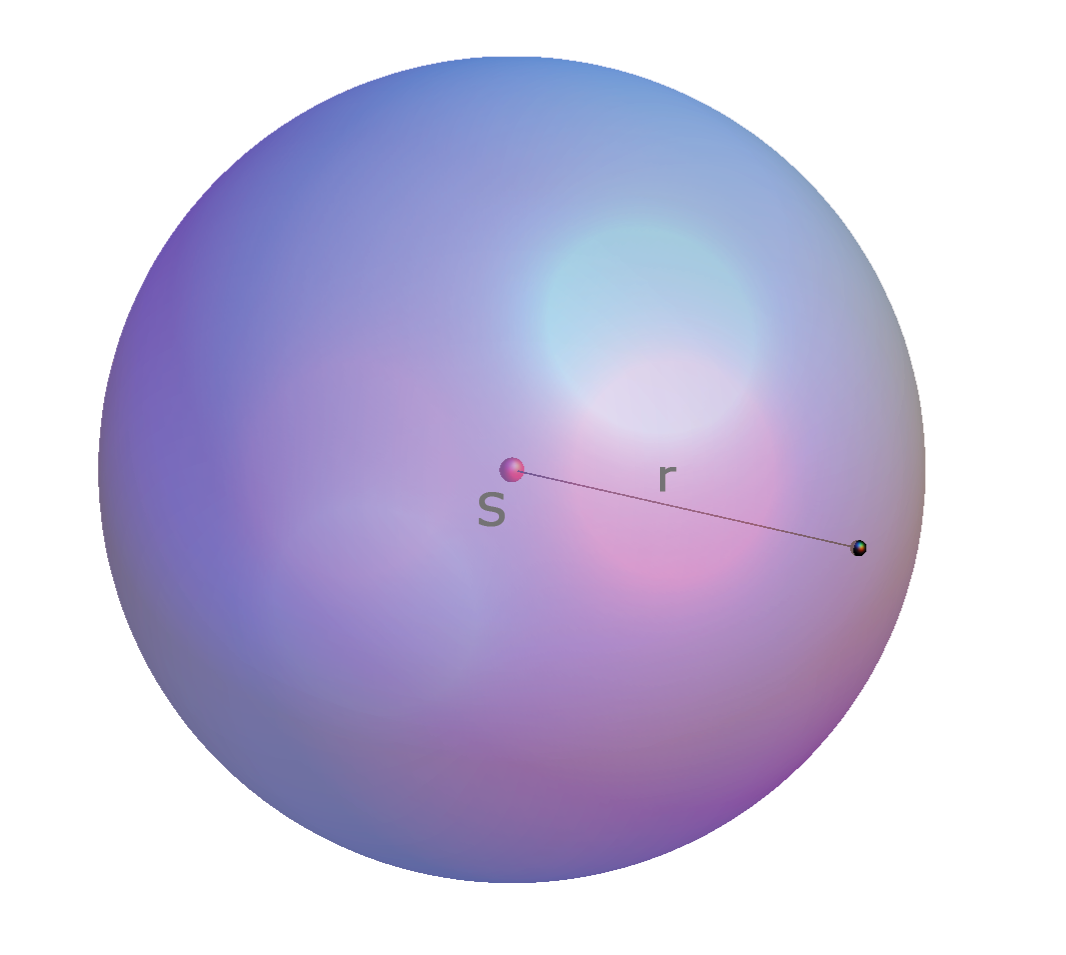
|
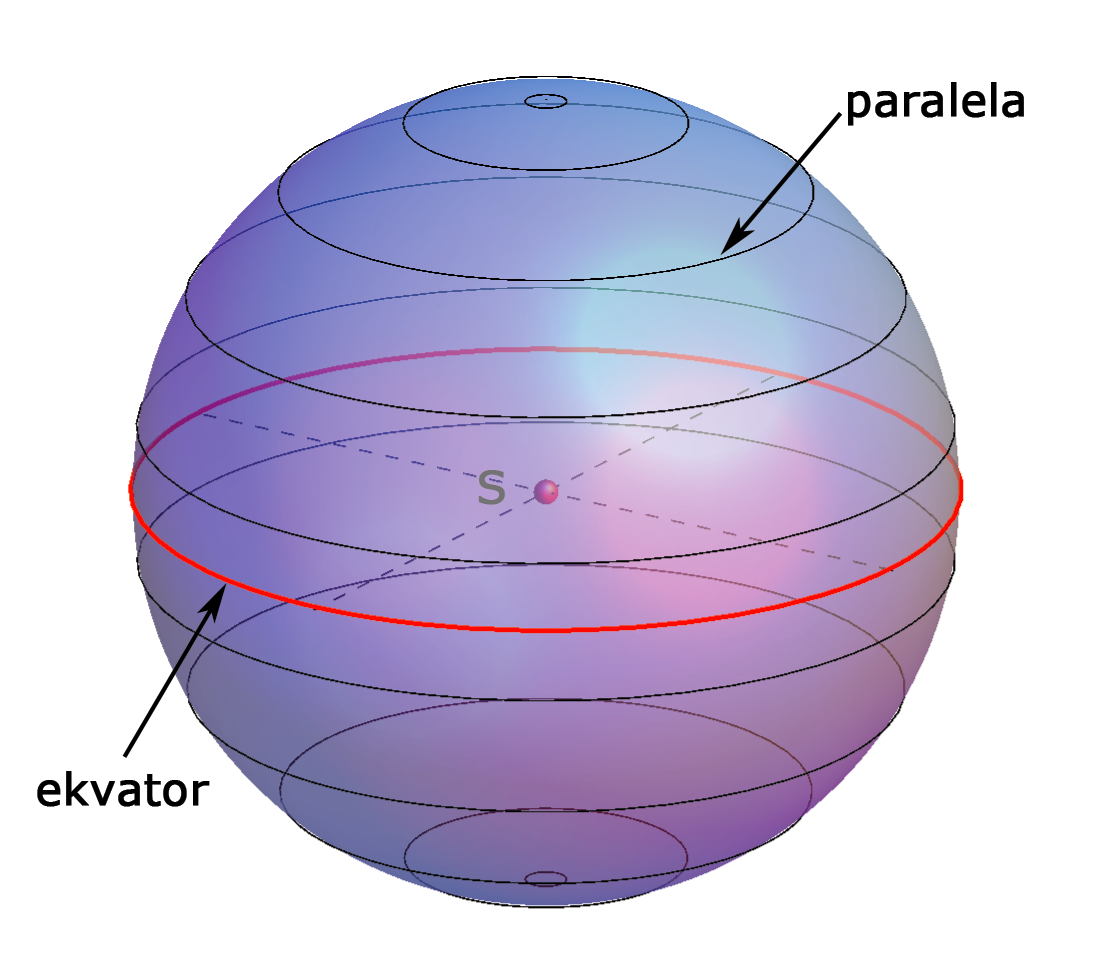
|
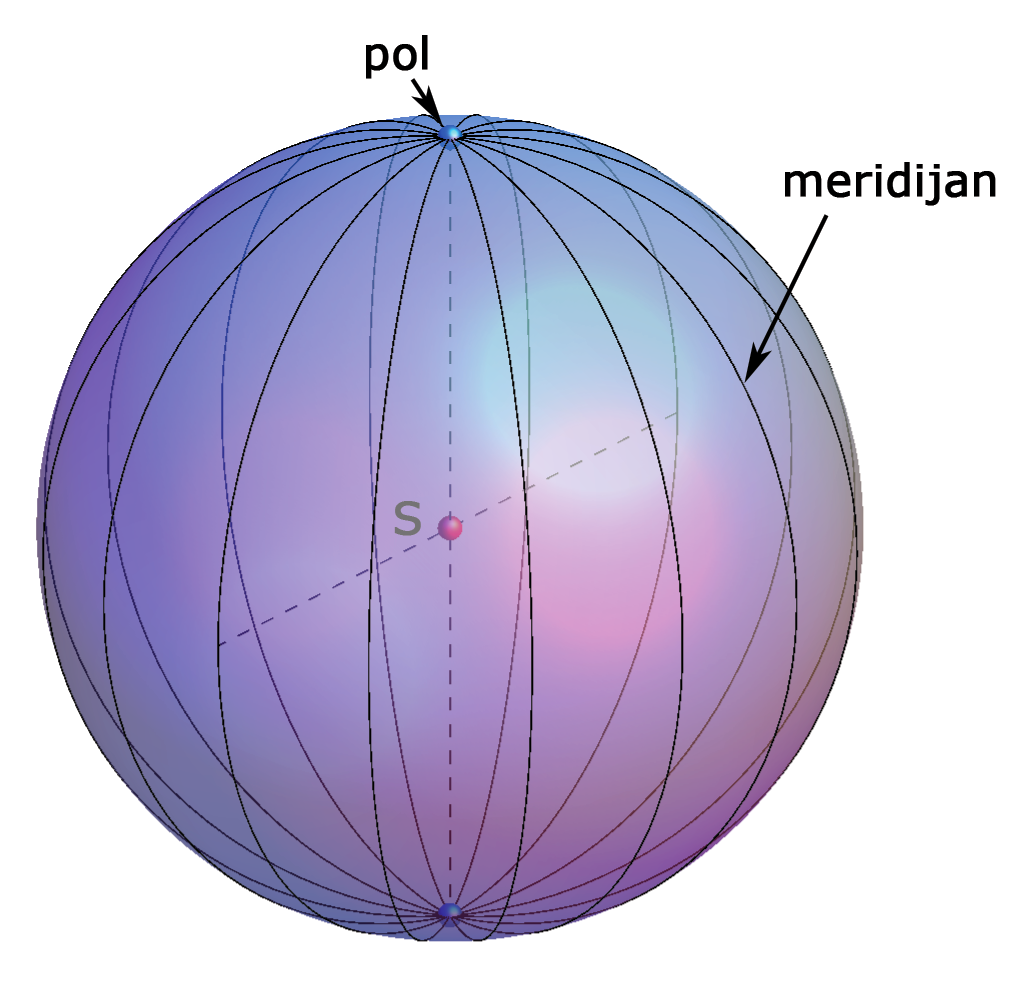
|
| the sphere | the lines of latitude | the meridians |
Created by Sonja Gorjanc, translated by Helena Halas and Iva Kodrnja - 3DGeomTeh - Developing project of the University of Zagreb